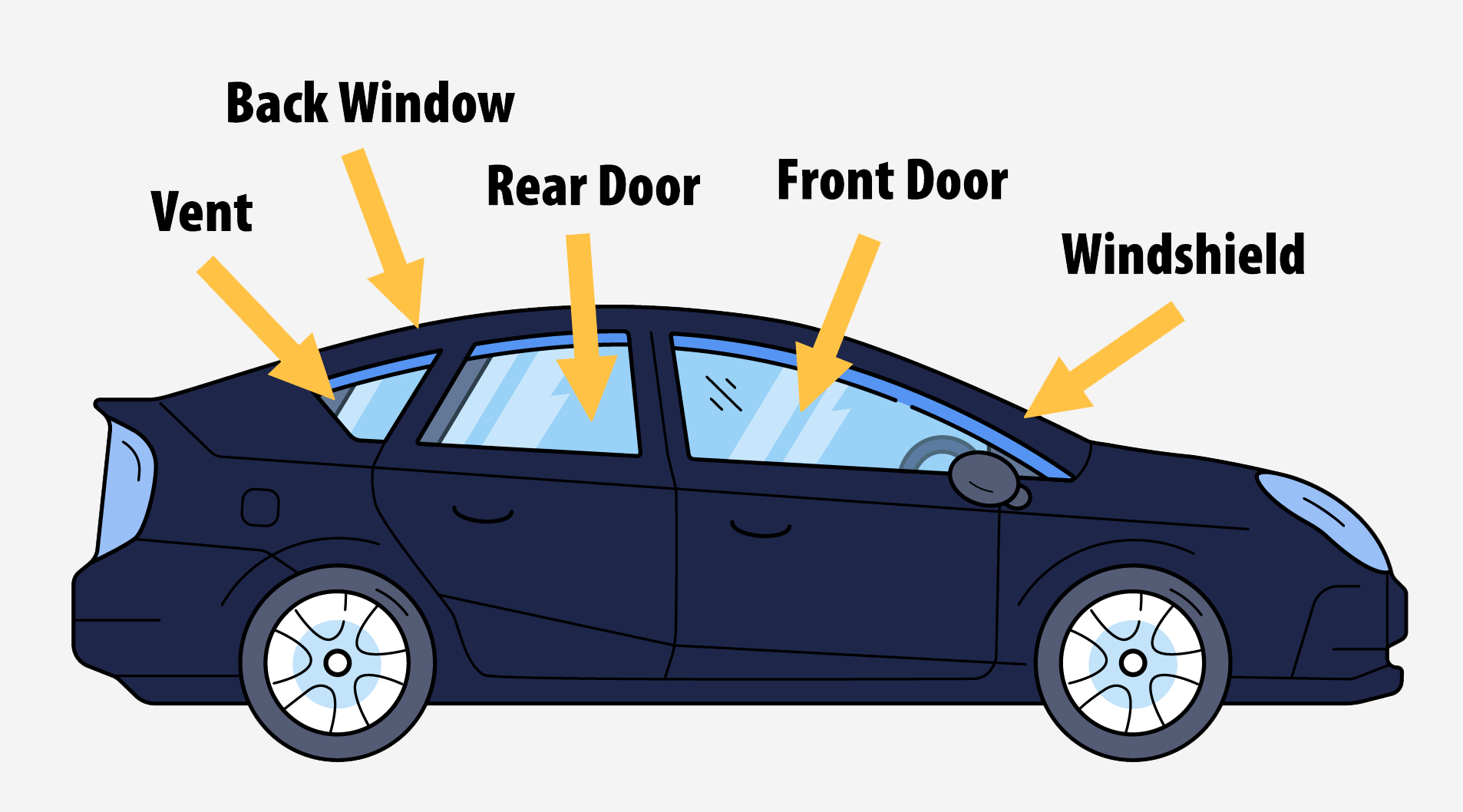Alfa Auto Glass Explains How the Windshield Has Come a Long Way
The automobile is constantly undergoing development and this includes the glass in your windshield. There was a time when a cab driver driving down a New York City street was considered reckless because he was traveling at the dangerous speed of … 12mph! That’s right 12mph. In those days, a windshield wouldn’t have to provide much protection.
Fast forward to today and cars are much more powerful and faster. You probably shut your glove compartment door quicker than 12mph.
The experts at Alfa Auto Glass point out that when automobiles were first equipped with a see-through shield to deflect wind (windshield) the glass material was flat and straight and although it would serve as a wind deflector, enabling the driver to forgo goggles, it was very poor at withstanding damage. Early auto glass would shatter if hit or impacted in any way. It was soon obvious that car manufacturers needed to come up with some type of safer glass, known as laminated glass.
Laminated glass was first offered on the 1936 Rickenbacker 2 however the first mass-produced car to include a laminated glass windshield as standard equipment was the Model A Ford, and it cost at that time just $395. Today windshield glass replacement can cost between $200 and $700 on average; high-end cars like the Rolls Royce can see replacement glass costs run into the thousands of dollars.
Modern auto glass is now an integral part of your car’s safety systems and somewhat of a marvel of engineering. Your windshield is actually two pieces of glass bonded together by a laminated coating. This inner laminated coating works so that the glass can absorb an impact without shattering. The glass will fracture into pieces but not fly apart and thereby preventing dangerous shards of glass from impacting occupants of the vehicle.
Laminated safety glass works to maintain its form by adhering to an interlayer, typically of polyvinyl butyral (PVB) or ethylene-vinyl acetate (EVA), between its two or more layers of glass. The interlayer keeps the layers of glass bonded even when broken, and its high strength prevents the glass from breaking up into large sharp pieces. This produces a characteristic “spider web” cracking pattern when the impact is not enough to completely pierce the glass.
According to the technicians at Alfa Auto glass, “Every day our shop fixes and replaces automobile glass and we never fail to appreciate how a very brittle material has evolved in the manufacturing process to be able to withstand severe impacts without disintegrating. It makes us appreciate how important the glass is and we are proud to be experts in installing and fixing a vital safety component of our customer’s car.”


